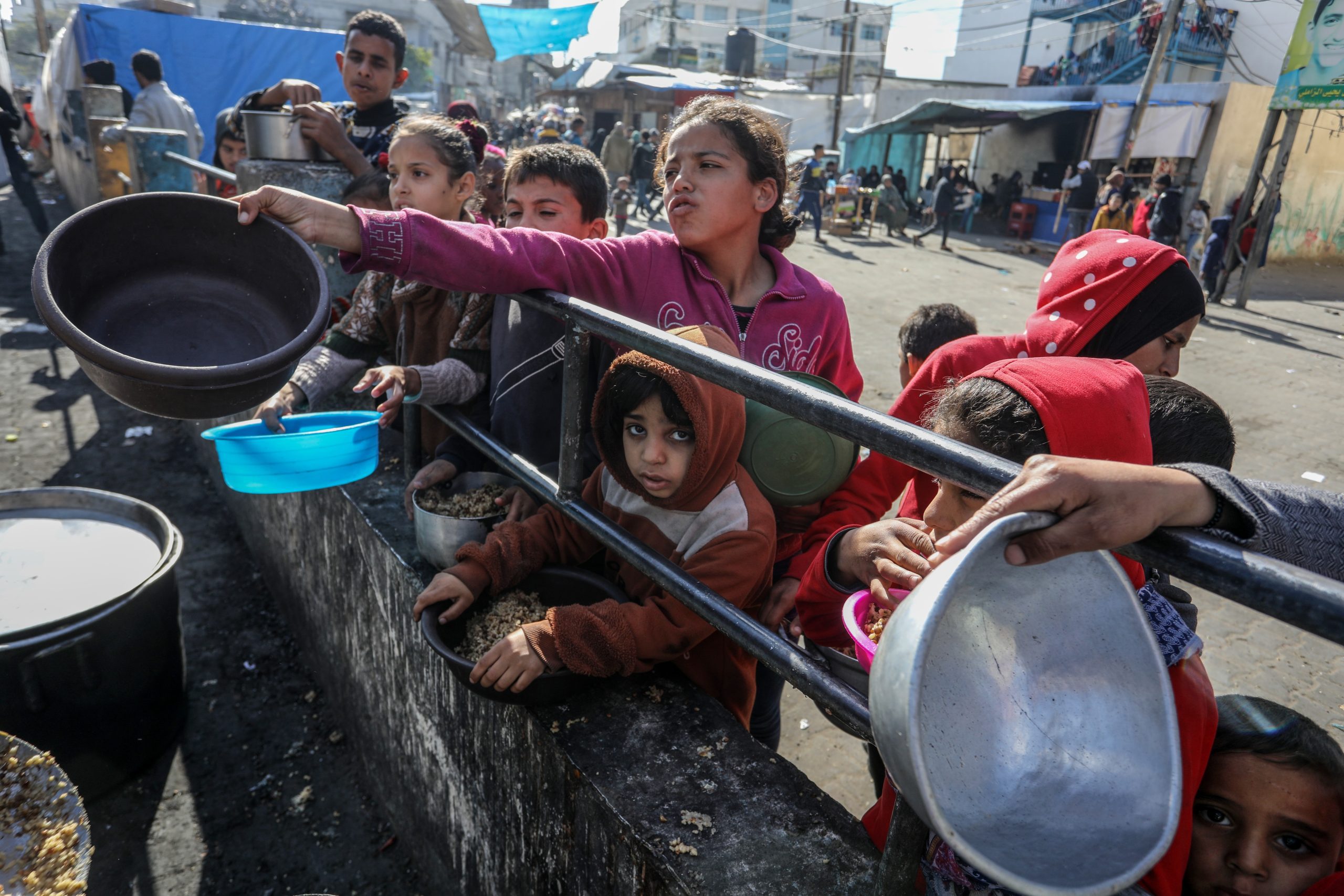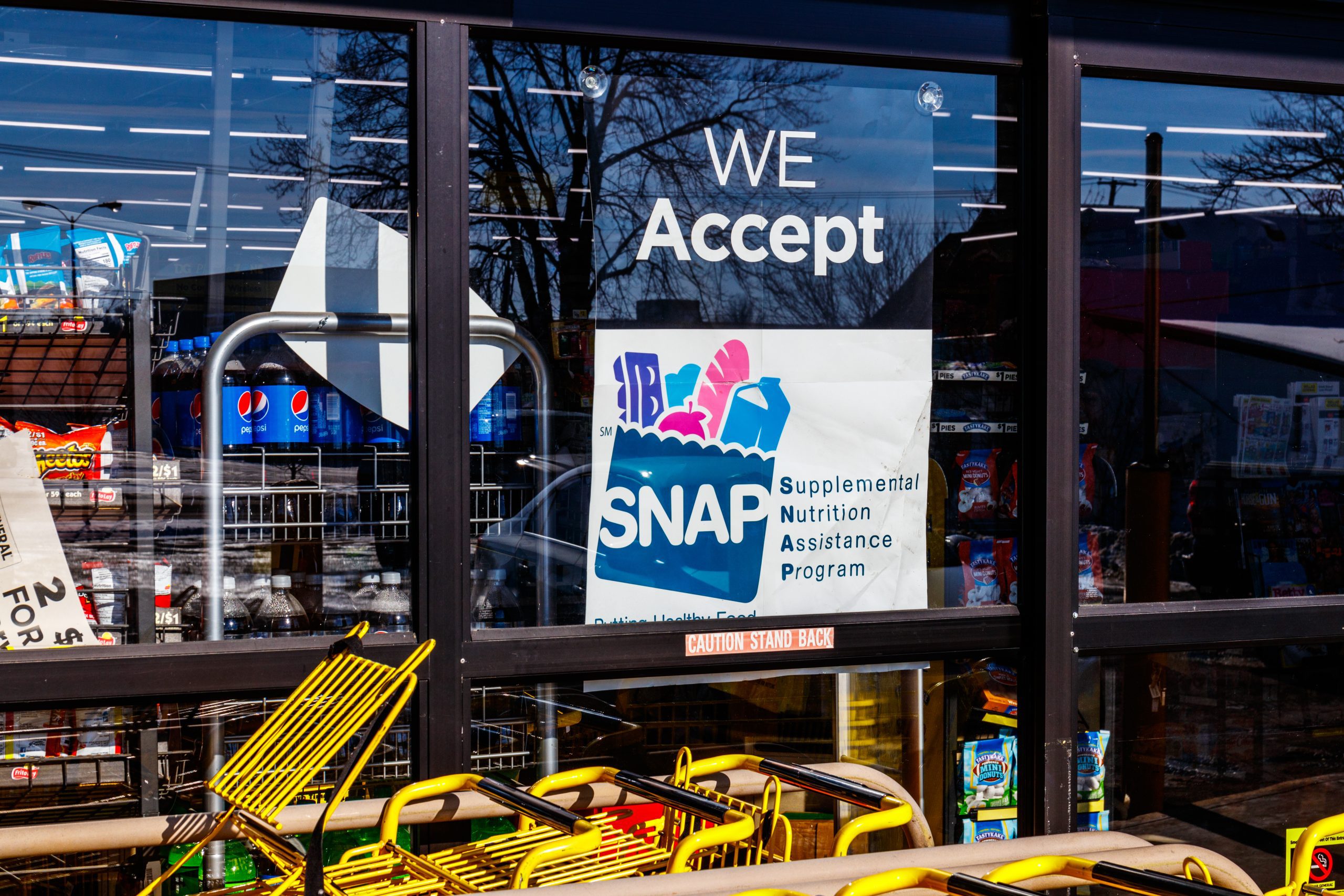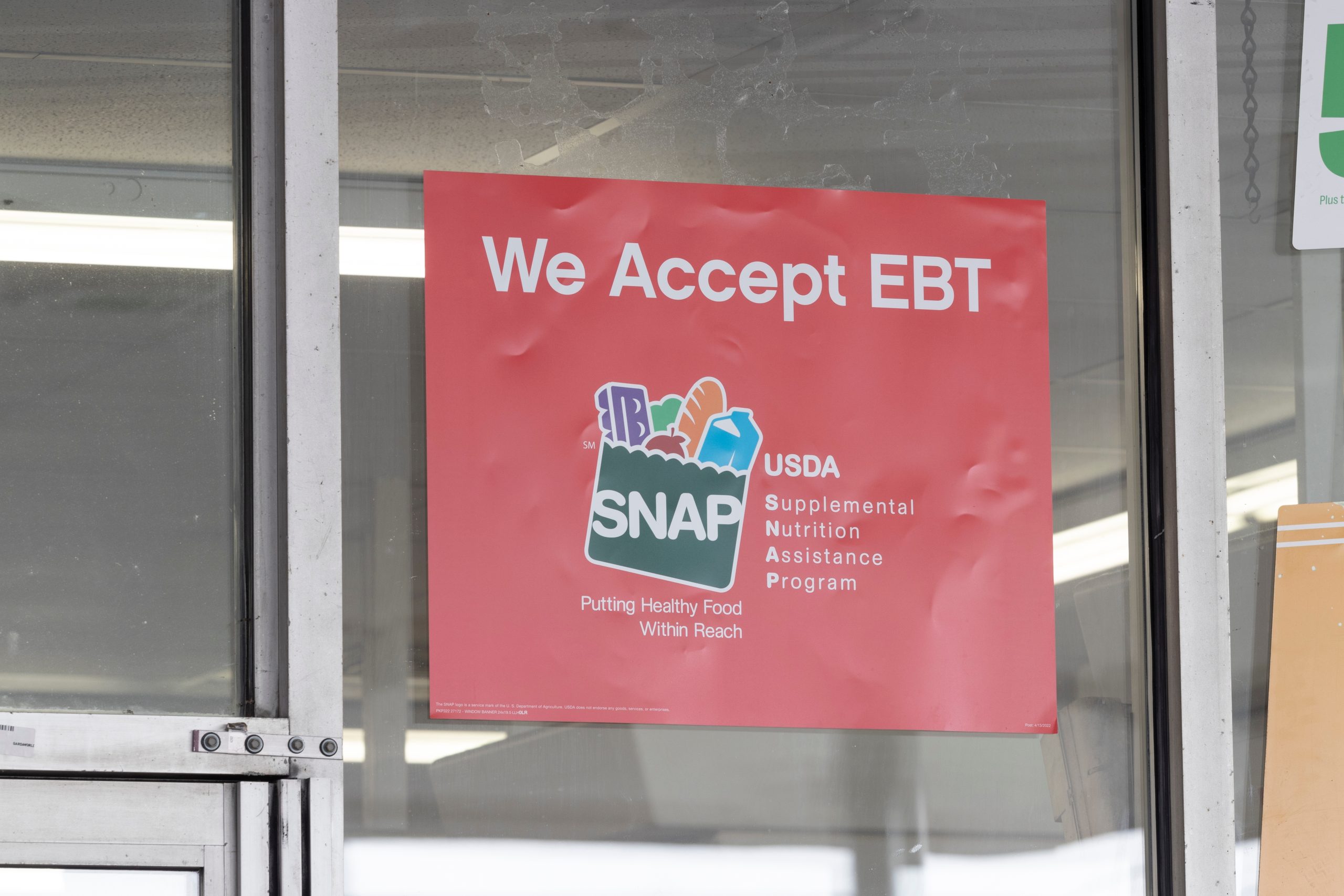Blake Selzer | International Policy Manager | Alliance to End Hunger
When many of us think about hunger and famine around the world, we typically think about pictures of parched soil in rural regions of Africa following a drought, or mothers and children with thin arms and distended bellies. However, hunger has no geographic boundaries – it occurs worldwide, driving migration in the Americas, unfathomable voyages on unseaworthy boats across the Mediterranean, and impossible choices between food and other basic necessities absolutely everywhere in the world. But today, it is Gaza that is suffering the world’s worst current hunger crisis. 80% of all people in the world facing catastrophic levels of hunger currently live in Gaza, facing a high risk of starvation and mass death. And this catastrophe is man-made.
As someone who has personally been to Gaza, I have seen firsthand the dire conditions faced by residents in the Strip. Prior to the current conflict, more than 75% of the population relied on humanitarian assistance. Today, that has risen to virtually the entire population.
The UN Food and Agriculture Organization (FAO) reports that the entire population of Gaza — about 2.2 million people — is estimated to face high levels of acute food insecurity. At the time of this writing 378,000 people (15 percent of the population) are facing catastrophic levels of food insecurity on the verge of famine, and another 939,000 people (40 percent of the population) are facing emergency levels of food insecurity. These numbers are only getting worse by the day.
Much of Gaza’s agricultural lands, greenhouses, fishing ports, bakeries, food shops and markets have been damaged or destroyed, and there is essentially no local food production and very little agriculture at present.
 Over 60% of Palestinian homes in Gaza have been destroyed, displacing nearly 85% of Gaza’s population — representing 1.9 million people —many who have been displaced multiple times. This also represents the basic inability of countless families to meet basic needs for themselves and their children: safe housing, clean water, and the ability to both find and cook meals regularly.
Over 60% of Palestinian homes in Gaza have been destroyed, displacing nearly 85% of Gaza’s population — representing 1.9 million people —many who have been displaced multiple times. This also represents the basic inability of countless families to meet basic needs for themselves and their children: safe housing, clean water, and the ability to both find and cook meals regularly.
The people in Gaza are in desperate need of humanitarian assistance, particularly food aid. Prior to October 7th the Gaza Strip saw approximately 500 aid trucks enter the territory per day. These numbers have reduced dramatically at the worst time imaginable. The number of trucks peaked at 300 at the end of November during a week-long ceasefire but has averaged just under 100 trucks this month. The situation is so dire that there have been riots and looting of trucks by masses of starving people desperate to bring food to their families.
According to a report recently released by a coalition of UN agencies and international NGOs operating in Gaza, deteriorating conditions have led to over 95 percent of households restricting the amount of food adults receive in order to ensure small children have food to eat. In the northern Gaza strip, which has been completely cut off from aid for weeks, over 15 percent – or 1 in 6 children under 2 years of age – are acutely malnourished. 81% of households lack safe and clean water, with average household access at less than one liter per person per day. This is far from the minimum standard of 15L per person per day and of particular concern for babies fed by infant formula.
The World Food Program had to temporarily cease distributing food aid in northern Gaza due to unsafe conditions, and UNICEF has warned that the Gaza strip is on the brink of a nutrition crisis and poised to witness an explosion in preventable child deaths which would compound the already unbearable level of child deaths. Just recently a two-month-old Palestinian boy died from starvation in northern Gaza, and there is no doubt that this is not the last we will hear of these heart wrenching stories. Save the Children reports that families in Gaza have been forced to forage for scraps of food left by rats out of desperation to survive, with over one million children in Gaza facing starvation. Palestinians in Gaza are resorting to eating animal feed to stay alive amidst these unprecedented levels of hunger.
The U.S., and all parties, must do everything they can to ensure access and safe delivery of food assistance into Gaza is achieved. If we fail, we will witness famine once again becoming a reality.




